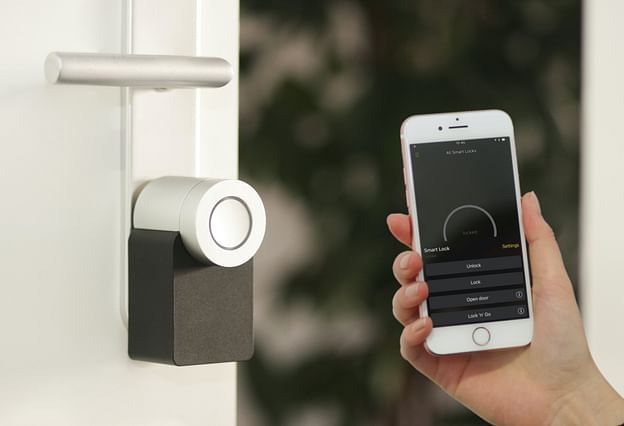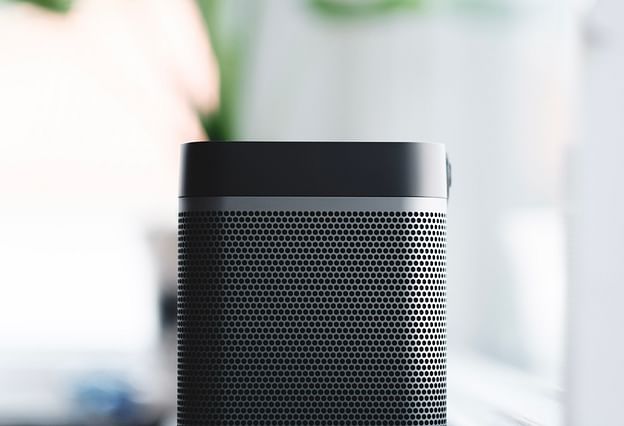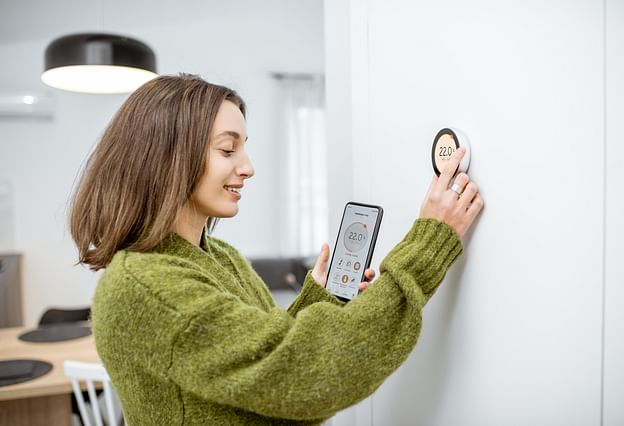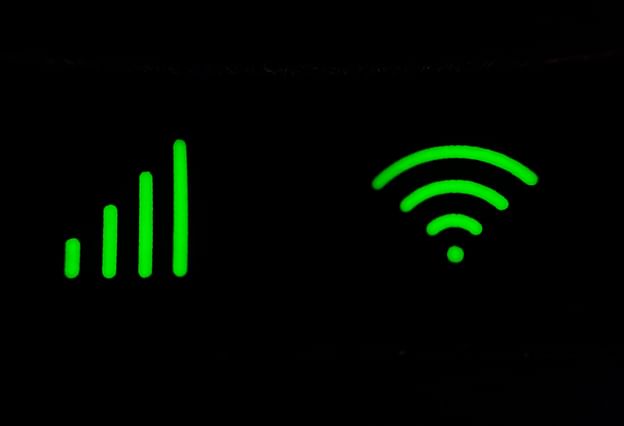How to build your very own DIY weather station with an Arduino
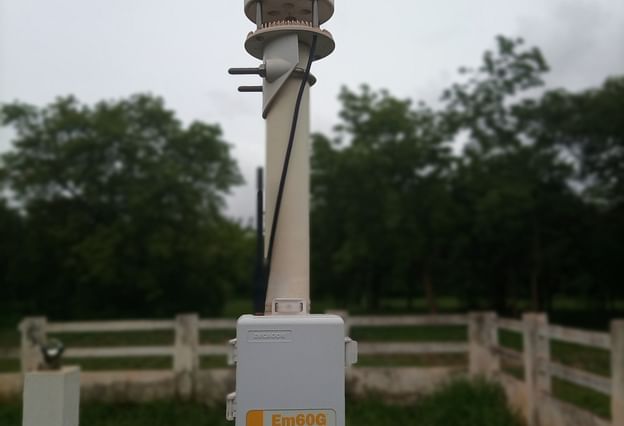
Are you an aspiring weather enthusiast who wants to get up-to-date information about the temperature, humidity and other conditions around you? With a DIY weather station, you can do just that! Making your own personal weather station is easier than ever, allowing you to build one suited to your exact needs without any of the extra features or higher costs. Plus, it doesn't matter if you're a beginner or have built home automation projects before - this project can be as easy or as difficult as you want it to be!
What Are the Benefits of Building My Own Weather Station?
Building your own custom weather station gives you the advantage of having all the exact sensors that suit your needs. Whether that's measuring local temperatures and humidity levels or more specific readings like barometric pressure and wind speed, making your own allows you to choose only what is applicable for your situation. This means no added extras that will never be used (or paid for) and also provides more accuracy in readings.
How Can I Get Started Building My Own Weather Station?
Making a weather station is relatively straightforward but does require some planning and research. Depending on what type of information you want to track, decide which sensors are needed for the job - there are quite a few out there with different capabilities so it pays off to do some research! Next look at how much power each sensor requires so you don't overload any circuits. After this has been figured out start gathering tools such as soldering irons, wires etc along with any other components required. It might be daunting at first but once everything is acquired putting it together should be relatively simple following instructions provided by whatever sensors have been chosen.
What Types of Sensors Do I Need For My Weather Station?
The types of sensors needed will depend on what type of data needs collecting. Typically they include measurements such as temperature and humidity but could include barometric pressure, wind speed and other environmental factors too depending on need. Whatever is chosen make sure that the power requirements for all selected sensors don't exceed what can safely be provided by the circuit board being used - many sensors come with their own guidelines so keep reference of those when piecing everything together!
You can find the instructions for building a weather station with an Arduino here!
Things you'll need for this project
| Product | Quantity | Where to find it |
|---|---|---|
| Arduino UNO | 1 | https://amzn.to/3Qo5BhM |
| Davis Anamometer | 1 | https://amzn.to/3AnfVAX |
| DC-DC Voltage Regulator Step-Up Boost Converter | 1 | dc-dc-voltage-regulator-step-up-boost-converter.com |
